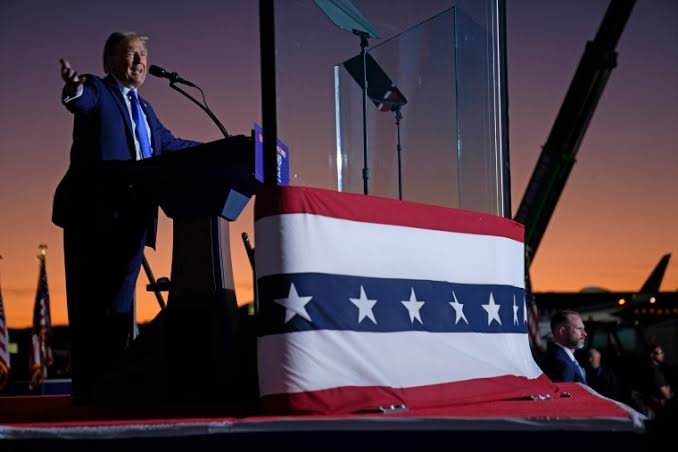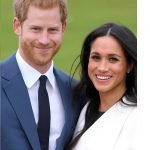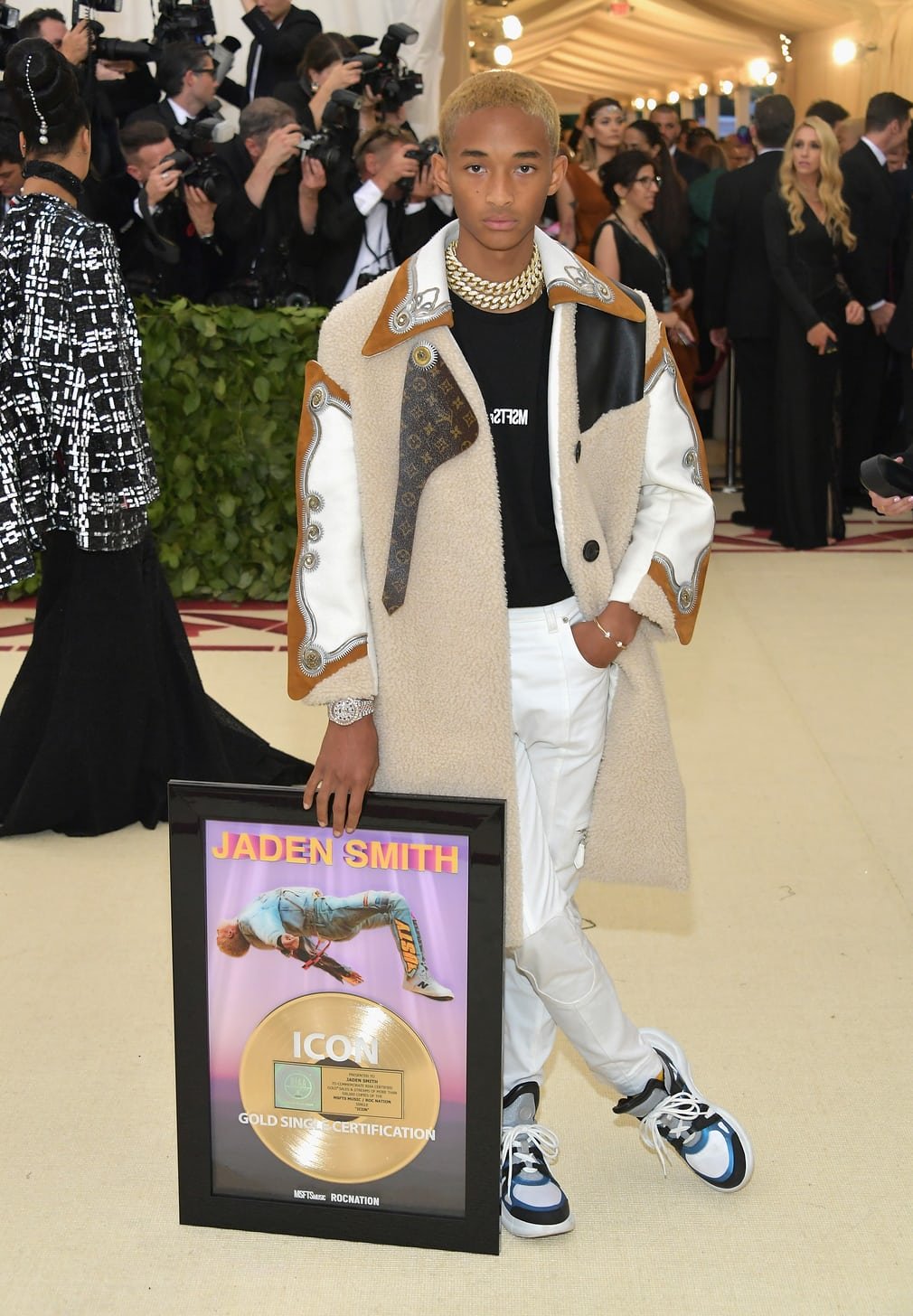In his inaugural address, President Donald Trump made a declaration that is set to have lasting cultural and political effects, the United States will officially recognize only two genders, male and female. This announcement represents a significant shift in federal policy, aligning with his campaign promises to uphold what he referred to as “biological truths” in governance.
Speaking from the Capitol steps, Trump dubbed the day “Liberation Day,” presenting his administration as a defender of tradition against what he labeled “extremist ideologies” in modern institutions. Among the broad policy goals outlined in his speech, it was his position on gender identity that sparked immediate and widespread reactions.
The Policy in Focus
The administration’s proposed executive order, titled Defending Women from Gender Ideology Extremism and Restoring Biological Truth to the Federal Government, seeks to define gender exclusively by biological sex assigned at birth. This policy would influence federal records, including passports and social security documents, and reshape gender-based protections in areas such as healthcare, sports, and correctional facilities.
Trump also announced plans to dismantle Diversity, Equity, and Inclusion (DEI) mandates within federal agencies. According to the president, these initiatives have “divided the nation by prioritizing ideology over merit and science.”
Wider Implications
While Trump’s supporters view the policy as a return to traditional values, critics argue it poses risks to the rights and recognition of transgender and non-binary individuals. Activist groups and progressive leaders have already signaled plans for resistance, ranging from public protests to legal challenges.
The fashion and lifestyle sectors, long known for championing inclusivity and gender expression, may face unique challenges under these new policies. As a hub for cultural progressivism, the fashion industry’s response will be a barometer for how other creative fields navigate this shifting political landscape.
A Broader Agenda
Trump’s address was not limited to gender policies. It also outlined ambitious plans for education, trade, and immigration reform. Framed as the dawn of a “Golden Age of America,” his vision rejected modern liberal ideologies, calling instead for a return to conservative values and practices.
Whether these policies will unify or polarize the nation remains uncertain. What is clear, however, is that debates over identity, governance, and societal values will continue to shape America’s future.
As Trump’s presidency begins, the country finds itself at a pivotal moment—a point where tradition and progressivism confront each other in defining the national identity. The path forward remains unpredictable, but the discourse ignited by this administration is unlikely to subside anytime soon.




